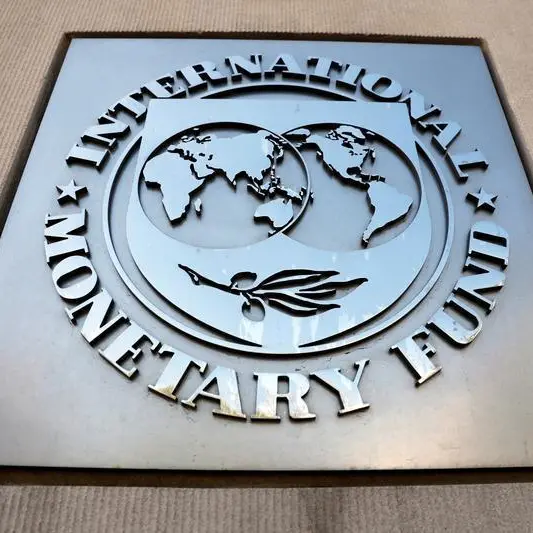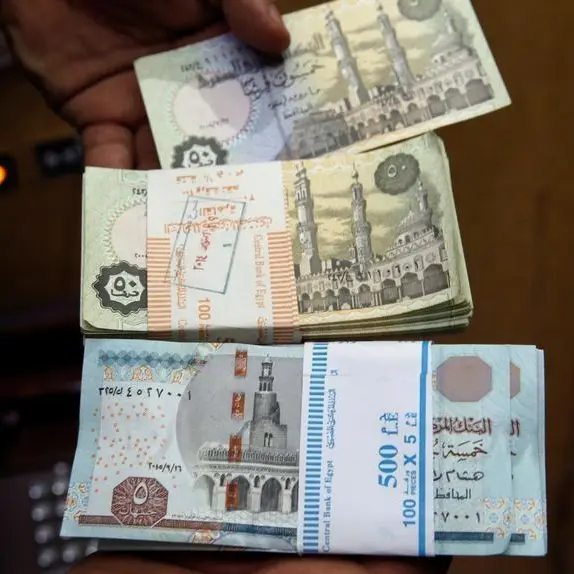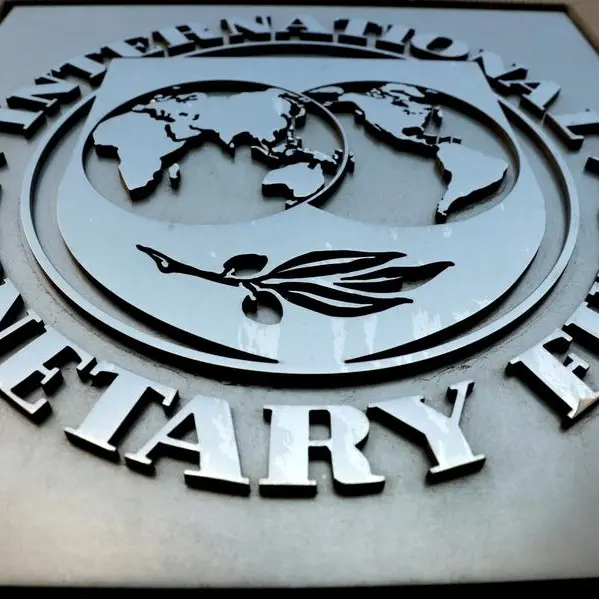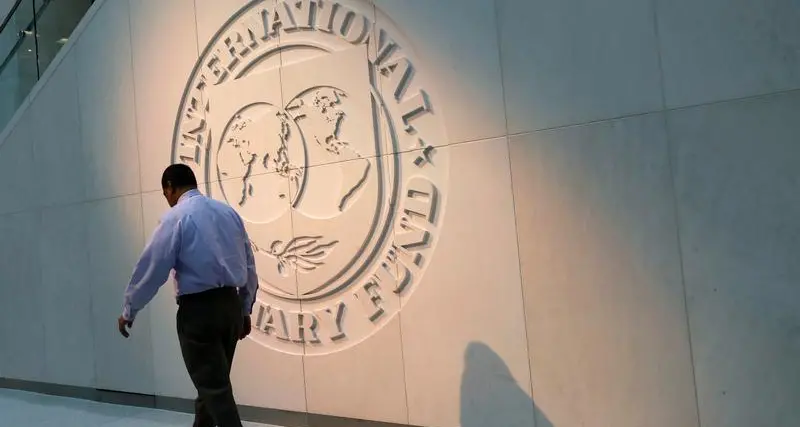PHOTO
The Middle East and North Africa (MENA) region has the world’s highest unemployment rate at 29 percent, and it faces challenges when it comes to educating its young people for jobs of the future.
According to a new edtech report from Global Ventures, a UAE-based venture capital firm, 27 percent of Jordan’s youth are unemployed, while 69 percent of Egypt’s state school students rely on private tutoring. Out of 50 percent of the world’s out-of-school children, a total of 150 million children are in the MENA region.
The world will need to accommodate an extra 2 billion learners by 2050 and will need 1.5 million more teachers annually, the report noted.
The World Economic Forum 2020 Future of Jobs report said that demand for digital sector employees such as data analysts and data scientists in the UAE and Saudi Arabia is expected to grow significantly over the next 10 years, the venture capital firm noted in its report.
But schools and universities are failing to adapt to the shifting requirements of the labor market, graduating classes of students whose skills are frequently misaligned with job descriptions, according to Global Ventures.
“COVID-19 is merely underlining the growing opportunity in the digital upskilling and reskilling market,” said the report.
“In response to shifting skill needs and continued digitization, 94 percent of surveyed companies in the UAE are expecting their employees to pick up skills on the job, while 86 percent are planning on retraining their employees.
“Considering that 34 percent of the UAE population is under the age of 25 and 40 percent in KSA, the digital continuous learning and training sector will be imperative to prepare and equip the future workforce for a digital tomorrow.”
The report highlighted the role of edtech in helping to ‘reconceptualise’ education to create digital natives suited to the jobs of the future.
The amount invested in edtech in the MENA region was low, said the report, but is increasing year on year. Of the $8.3 billion invested since the third quarter of 2020, 90 percent has been in China, the USA and India, while $30 million was invested in the MENA region.
(Reporting by Imogen Lillywhite; editing by Seban Scaria)
imogen.lillywhite@refinitive.com
Disclaimer: This article is provided for informational purposes only. The content does not provide tax, legal or investment advice or opinion regarding the suitability, value or profitability of any particular security, portfolio or investment strategy. Read our full disclaimer policy here.
© ZAWYA 2021












